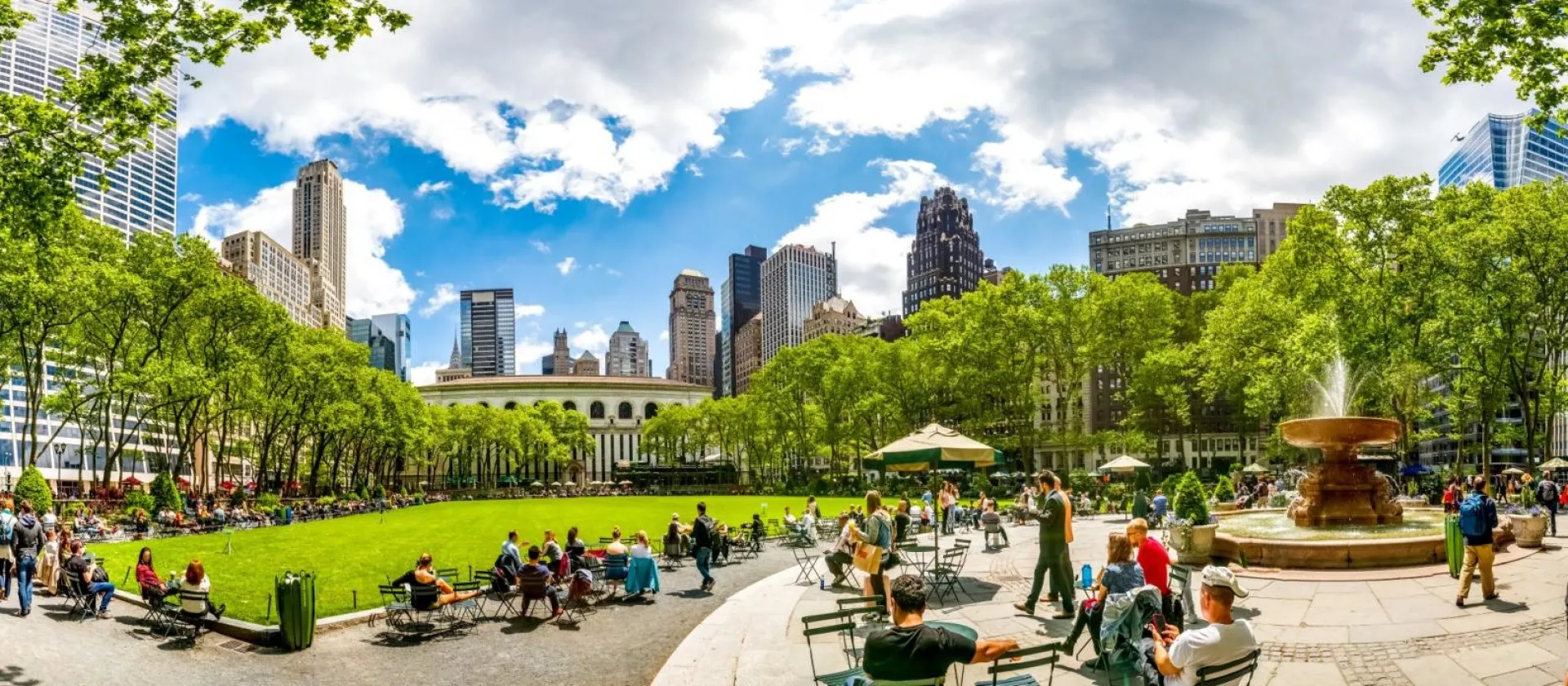Building a Better and Sustainable Life
Smarter, data-driven, collaborative, urban planning is crucial to make cities more resilient, sustainable and citizen-centric
Demographic changes are one of the main drivers transforming cities. By 2050, two thirds of the world’s population will be living in cities versus 50% today. It’s already the case in Europe but it took 200 years whereas in Asia and Africa a similar increase will happen in only 60 years. This historic change is primarily rooted in Asia and Africa as city populations grow at unprecedented speed. However, many cities are already crowded and congested, polluted and poorly equipped with the necessary infrastructure to meet growing demand. In addition, cities will account for 70% of global consumption. Increasingly, they drive the sustainability agenda.
As a consequence, cities of the future are faced with dual challenges: how to reduce their carbon footprint and consumption of natural resources whilst offering citizens a better quality of life.
Imagining the city of the future
This means acting smarter. Effective urban transformation requires improvements in a number of areas – a better mobility mix and infrastructure; more efficient energy solutions in public and private buildings, sustainable power grids that incorporate renewables and grid-scale battery storage; comprehensive connectivity that can usher in next-generation digital services. A city by its very nature is inherently interconnected. This means successfully implementing these changes has to be a holistic enterprise, with each area of development reliant on another.
For example, congestion issues in cities have many causes. To address all of them requires data and a portfolio of solutions like roadside parking management, public transport and shared mobility devices. In a similar vein, urban transformations require multiple stakeholders to work together, from national governments to local authorities, community associations to the private sector, construction firms to urban planners, architects and financial services.
Empowering cities in the digital era
Efficiently orchestrating the next generation of urban transformation projects requires a shared platform where these stakeholders can easily collaborate, access and enrich real-time data and insights.
For decision makers to make informed choices, they need to leverage all the disparate data from various projects, stakeholders and authorities. It requires a common data environment that can show the impact of one decision on another, such as the Dassault Systèmes 3DEXPERIENCE® virtual twin. It bridges the gap between virtual simulations and reality. It allows cities to create virtual versions of themselves where multiple stakeholders can connect, share and explore different scenarios. By starting with an exact replication of what they are, they can see what works, what needs to be improved, what is missing, how to forecast and plan more cost effectively and efficiently.
A digital, cloud-based solution like this on the Dassault Systèmes’ 3DEXPERIENCE® platform provides a common data environment from which multiple projects can work closely together any time and from any place.
Today cities tend to think in silos. But the city doesn’t work that way, so we need a more systemic approach for all stakeholders to work better together and collaborate around a common referential that allows them to simulate the evolution of the city
Arup - Shaping a better environment
"The success of this built environment application test case demonstrates that this would be a very useful tool for government, the private sector and academia to collaborate in implementing the city as a smart city” said Wilfred Lau, a director and fellow at Arup. By creating a virtual twin of the city, stakeholders gain a far more sophisticated understanding of their environment and can simulate how one project might influence another, what works, what can be improved, how to respond to the host of crisis that Cities have to tackle. This in turn enables them to make more informed decisions about how to build smarter cities that are fit for the future. You can read more about how this works in practice in our white paper
If stakeholders have the tools to work smarter, then they can build cities that are happier, more resilient, and environmentally friendly to live, setting the stage for thriving human societies in the 21st century.
White Paper: Building a better and sustainable life
Sustainable urban development has entered a new era, impacted by demographic & regulatory pressures, climate change and a new scale of difficult-to-predict short and long-term challenges.
Explore our Industry Solutions Experiences
Learn more about how our Industry Solutions can help you achieve your professional ambitions and business objectives
